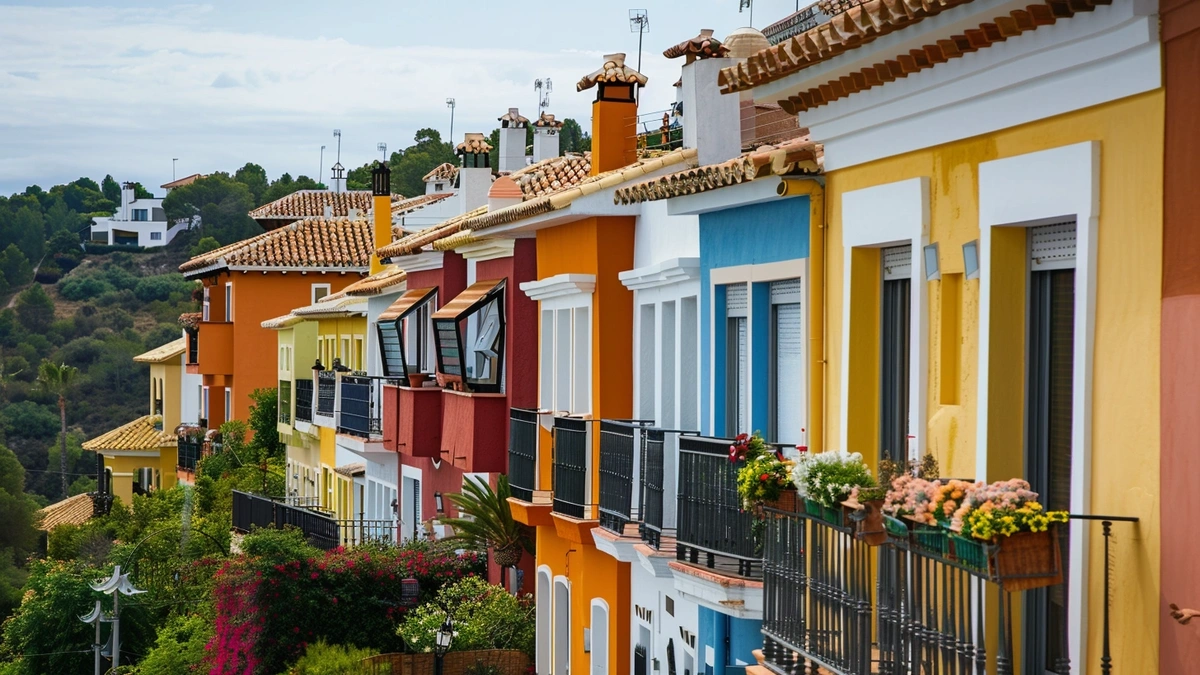Family Homes Spain: Navigating Real Estate Trends and Future Directions

Over the past few years, the real estate landscape for family homes in Spain has seen remarkable changes, reflecting broader trends across Europe. This article brings together insights from top research to explore the shifting dynamics in Spain’s real estate market, with a keen focus on housing renewal Spain, sustainability, second home ownership, and demographic trends. These insights are vital for families, investors, and policy-makers trying to navigate the unique opportunities and challenges in the Spanish market.
Sustainable Housing Policies and Housing Renewal in Spain
The Aging Spanish Housing Infrastructure
Did you know that over half of the homes in Spain are more than 35 years old? Quite interestingly, about 43% are multi-family housing blocks that trace back to the 1950-1980 era. There's a significant push for renovation, as highlighted by a source from ScienceDirect, stating, "Local renewal priorities include energy-saving and age-friendly redevelopment." This aging infrastructure really calls for updates to meet today's standards.
European Influence and Sustainable Solutions
European regulations are a major catalyst, driving the housing renewal Spain agenda towards greater sustainability and accessibility. Embedding sustainable housing policies in renovations is crucial to reducing environmental impacts while creating energy-efficient homes. Finding the right balance between innovative residential solutions and preserving Spain's architectural heritage is essential for addressing demographic housing trends. The goal is not just about modernizing living spaces but doing so with a forward-looking vision.
For instance, a progressive plan might incorporate renewable energy technologies. Given that Spain boasts abundant sunshine, solar solutions could play a critical role in the country's housing upgrade efforts. These adaptations not only align with global environmental goals but also cater to changing family dynamics and lifestyle preferences.
Navigating Regulatory Frameworks
Shifts in housing policies are shaping how homes in Spain evolve. The regulatory environment is becoming more stringent, demanding higher standards for energy conservation and safety, especially in urban areas where population density can amplify both challenges and opportunities. Modern housing must not only meet these requirements but also anticipate future regulatory shifts.
The Spanish Phenomenon of Second Homes

Geographic Distribution and Market Dynamics
The allure of Spain's scenic coastal and rural landscapes significantly shapes its real estate sector. A notable 14.6% of Spanish housing comprises second homes, with regions like Alicante accounting for an impressive 8.9% of these properties. According to a study from CaixaBank, "Owning a second home is a long-standing tradition in Spain."
This tradition is deeply woven into the fabric of Spanish culture and real estate market dynamics.
Cultural and Economic Influences
The cultural and economic factors fueling the demand for Spanish second homes are multidimensional. These homes often serve as vacation havens, investment assets, or even future retirement retreats. The trend underscores a robust demand pattern, sparking considerations for policy adjustments to foster sustainable development and enable regional prosperity.
Additionally, the financial stability of the Spanish economy plays a pivotal role in supporting this tradition. As economic conditions improve, more families and individuals are financially equipped to invest in second homes, which further cements this practice as a core aspect of the country's housing market.
Impact on Local Communities
The increasing prevalence of second homes has profound impacts on local communities, occasionally leading to higher property prices and influencing the socio-economic fabric. While the influx of seasonal residents can boost the local economy, challenges such as inflated living costs for local residents are significant concerns that need addressing through well-thought-out policies and community planning.
Demographic Trends and Their Influence on Housing

Shifts in Population Characteristics
Demographic shifts are shaping the demand for family homes Spain. With an aging population and changing family compositions, smaller households and increased multi-generational living arrangements are anticipated. These changes demand a thoughtful reevaluation of living spaces.
The aging populace presents both a challenge and an opportunity, prompting innovations in designing senior-friendly housing. The rise in multi-generational families living under one roof has spurred developers to rethink how spaces can be optimized to serve diverse age groups comfortably.
Future Housing Innovations
The prevailing demographic housing trends point towards a necessity for innovative housing designs. Future housing models in Spain might prioritize flexibility and foster community-oriented living settings, catering to both immediate necessities and evolving lifestyle aspirations. By blending traditional housing practices with modern solutions, Spain stands at the brink of setting benchmarks for sustainable urban living, grounded in demographic realities.
The integration of smart home technologies is also gaining momentum, providing enhanced security, energy management, and convenience for residents. As technology becomes further embedded in daily life, housing innovations that incorporate smart features are expected to gain popularity.
Implications and Future Directions

The Socio-Economic Impact on Real Estate
Spain's real estate landscape, at a crossroads of tradition and modernity, presents significant potential for socio-economic development. Emphasizing sustainable housing policies, enriched by traditional practices like second home ownership, highlights a vibrant real estate milieu. Enhanced policies can act as templates for other regions, cementing Spain’s reputation as a leader in sustainable and culturally resonant housing approaches.
Furthermore, concerted efforts towards equitable housing practices are imperative. By ensuring fair access to housing, Spain could spearhead progressive housing models that uphold social equity and housing rights for citizens.
Potential Research and Development Areas
Looking to the future, further empirical inquiry is pivotal to understanding the impacts of housing renewal Spain on both urban centers and rural locales. Collaboration across architects, planners, policymakers, and academics can usher in innovative housing solutions tuned to future needs while safeguarding Spain's architectural identity. Steering the path towards sustainable and fair housing might, in turn, bolster societal well-being and environmental guardianship.
Another area ripe for exploration involves the role of technology in transforming construction methods. Advances like 3D printing and sustainable materials hold the potential to revolutionize how new homes are built, aligning with environmental goals while reducing costs and construction timelines.
"The pandemic has led to a greater appreciation of personal space and a growing demand for homes that offer these features."